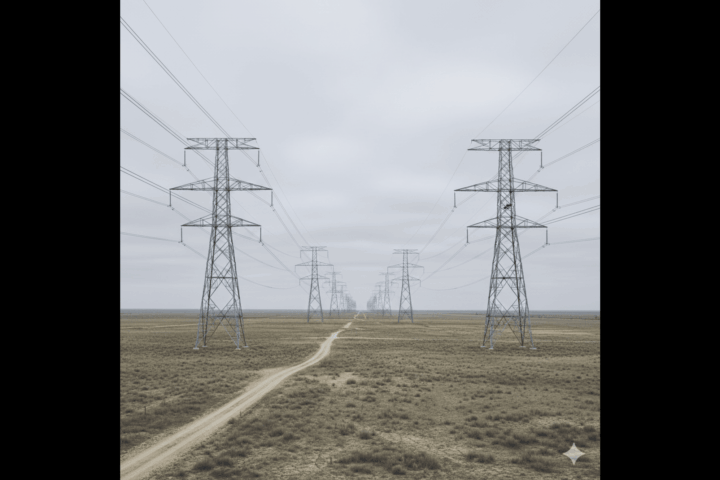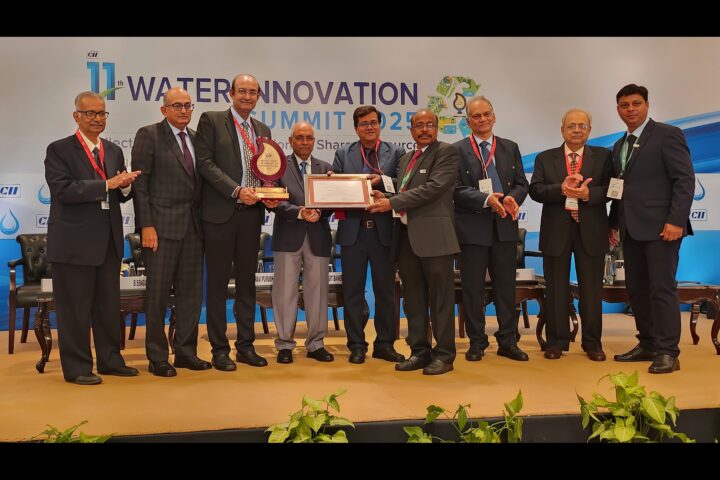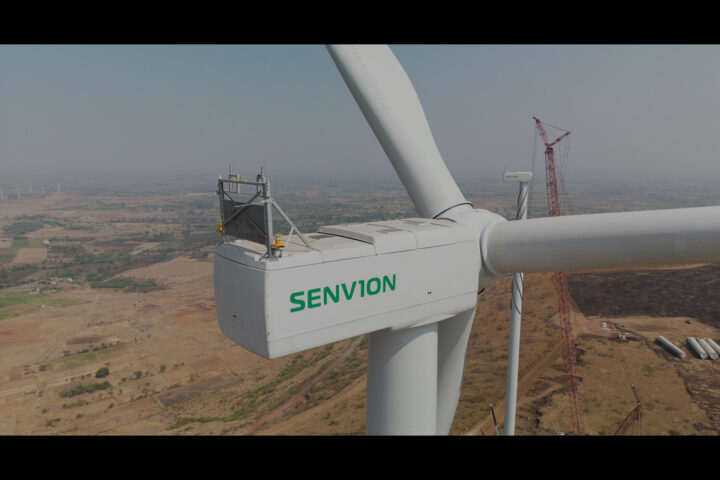by Nandan Kundetkar, Founder, Femto Green Hydrogen
Hydrogen is considered to be the Next Generation of the purest energy source with zero carbon emission for all the resources creating green environment.
On Earth, it does not occur by itself naturally but can be separated from water (H2O) or hydrocarbon compounds (fossil fuels) like gas, coal and petroleum. Globally 95% of Hydrogen is generated using conventional energies, and only 5% of Hydrogen comes from unconventional energies, which is green. In traditional points, the main contributors are the power plants which use fossil fuels.
Hydrogen is technically a reservoir of energy. It is as good as a battery stored with power. However, Hydrogen needs to be produced since it is not readily available naturally. Electricity produced by Hydrogen is free of Carbon Emissions, but if the mechanism of making Hydrogen generates and emits carbon, the whole ideology of using Hydrogen dies down.
Though Green Hydrogen has been hailed as a clean energy source for the future, the gas itself is invisible, so it all comes down to how it is produced. Hydrogen emits only water when its electrolyzed. However, various ways to lessen the impact for producing hydrogen based on the type of carbon emission have been developed – and scientists assign colors to the different types to distinguish between them. Depending on production methods, Hydrogen can be grey, blue or green – and sometimes even pink, yellow or turquoise – although naming conventions can vary across countries and over time. But green Hydrogen is the only type produced climate-neutral, meaning it could play a vital role in global efforts to reduce emissions to net zero by 2050.
As all the world's nations are on a mission that between 2050 to 2070, the world must be almost free from any global warming due to carbon emission, and one of the significant steps towards that is generating more and more Green Hydrogen.
However, generating more and more Green Hydrogen needs to be commercially viable, which may not be feasible due to various factors.
The existing method is the 'Electrolysis Process' for generating Hydrogen, ie, you require about 48KW to generate 1 KG of Hydrogen, and 1 KG of Hydrogen can give roughly 32KW of electricity. So the idea is that one spends 48KW of electricity to produce the Hydrogen and then takes this Hydrogen to the spot where energy is to be created making a standard loss of 33%. The Hydrogen then produces Green Electricity and manages this carbon-free green cycle.
Global Trends in producing Green Hydrogen is by creating solar farms to install solar panels in large areas, thus creating the green power required to produce Green Hydrogen. However, at least 5 acres of land can only provide 1 MW/hr of electricity which is based on multiple factors such as terrain. So, you can imagine the land band required to achieve huge quantities of power. It is important to avail the water reservoir at such a location. Such a location with a large land bank can only be found which is much away from the location where that electricity would be utilized. Where at such a location important is the movement of hydrogen by means of pipeline or by means of transportation. And if the movement is done thru vehicular transportation, it will contribute to carbon emission.
Also, the electrolysis process requires a large amount of ultra purified water to produce Hydrogen. Approximately 9 liters of water is needed for 1 kg of Hydrogen. This is a significant challenge as water requires pre-treatment, which needs to be better defined, and water which needs to be ultra purified in itself is a 15-20% chunk of cost and effort, making an impact on hydrogen economics.
So, certain discounting factors need to be applied to the power generated. In Hydrogen, the most crucial thing is packaging hydrogen in barrels because hydrogen bottling is the most important as it is the most hazardous gas and can blast if the Hydrogen comes in contact with the air. Apart from that hydrogen can be thought to be brought by pipeline to the required location where the electricity is produced. However, this also would have it own complexities understanding the explosive nature of the hydrogen. Therefore, safety is crucial and critical; hence, best measures are taken for protection.
The whole idea behind producing the green hydrogen is to use abundant land to produce solar power and reach the power to the location it is being used. The industries ready to bear these losses from solar power to electricity in the ration of 33% based on the fact wherever the transmission losses are more this theory help but this needs to be very well calculated as the cost of transportation of hydrogen is also important and all this needs to be balanced against the transmission loss as the electricity can also be brought using transmission lines to a location desired. Therefore, this needs to be calculated in a proper manner to justify the project of green hydrogen.
The future of hydrogen is seen to replace all the energy resources and not only to provide electricity but also to provide it for different purpose like producing cement, steel, etc. However, compare to all those things using it for transportation looks to be more direct beneficial because it is not specific to a certain location and it can provide efficiency particularly against the electric vehicle because the green hydrogen-based vehicle is essentially a electric vehicle however there needs to be an analysis done to see how far the electrical vehicles are benefited compare to that of hydrogen where it depends on many such factors which requires a different analysis.
Understanding the role of having the green hydrogen, one of the smartest solution made available is to be using the existing facilities of power generation and utilizing such plants at the level of the grid itself which would not required additional resources in teams of the green electricity. Green electricity may not be always the way how a green electricity is generated but green electricity in a different manner can be viewed as using the electricity which cannot be used and may get wasted. Artificial Intelligence based system can be sued where there is always a differential between the utilization of the power and the power produced where this differential which cannot be used and cannot be stored. This differential can be used for generating Green Hydrogen.
It is quite likely that there may be different methods of producing hydrogen, however, a way may sound smart but may not be reasonable is to produce the electricity from solar power and feed it to grid and retrieve equal amount of electricity at some convenient location and produce the hydrogen from that and use that hydrogen for producing the electricity. However, one is important that any conversion is going to lead to a loss of ‘X’ percentage and producing the green power at a particular location in one terrain and drawing that electricity some other terrain mayland up to be nothing but reincarnation of the solar project in a different manner but where the hydrogen may remain only limited in terms of getting used for the surface transport vehicles and there wouldn’t be a really a good achievement in terms of creating the green hydrogen with the green power as at such location the power is always to be though to be available where the electric grid going to avail the equivalent of power which is generated at some location thru solar and fed to the grid. Now this subject also requires a deep analysis because it may not really suffice the true requirement of the green hydrogen.
In nut and shell, the green hydrogen can be produced where there is additional electricity available which is either produced by green methods or wasted/unutilized electricity. So such amount of electricity could be gathered and that is where there would be a true combination that can produce green hydrogen.















